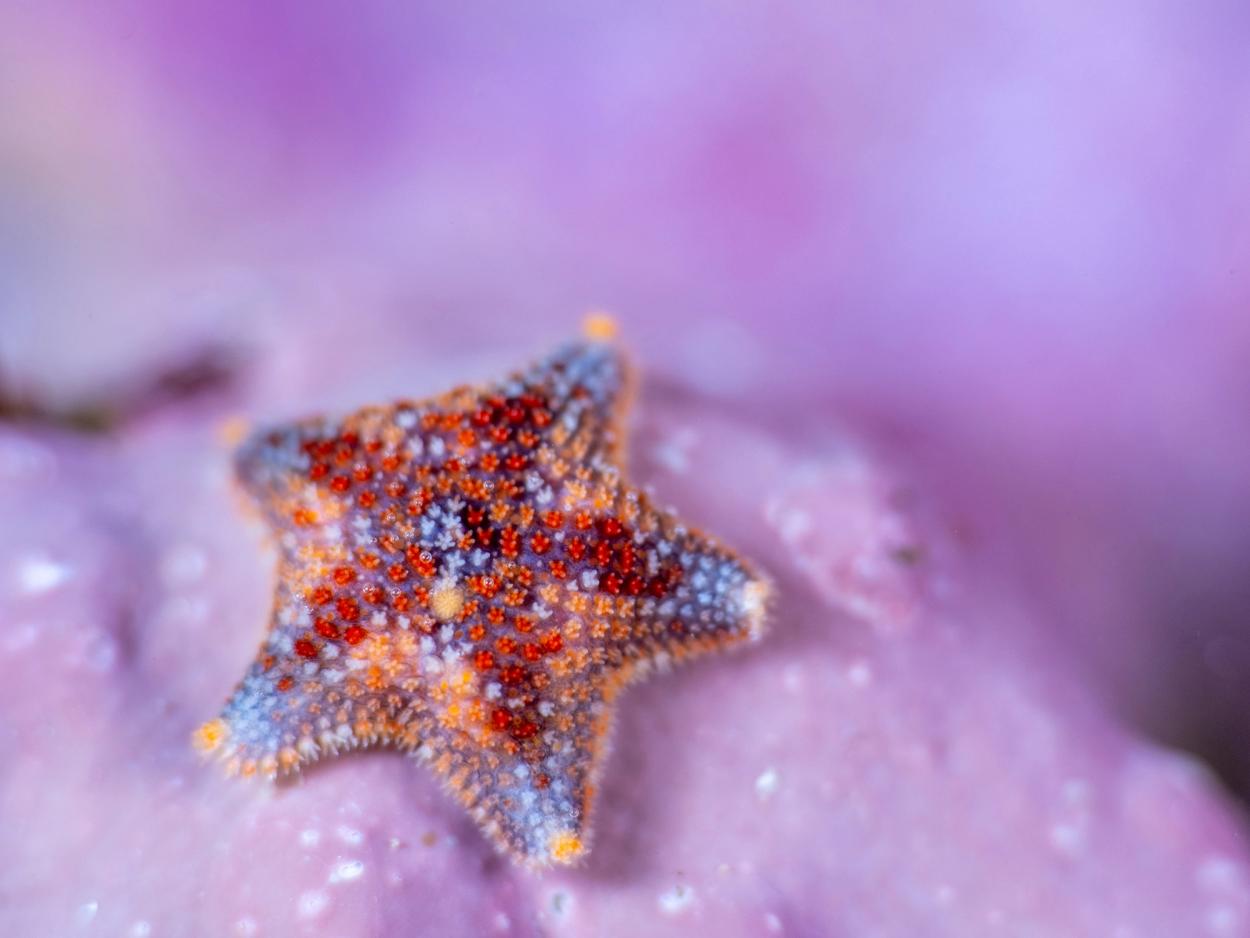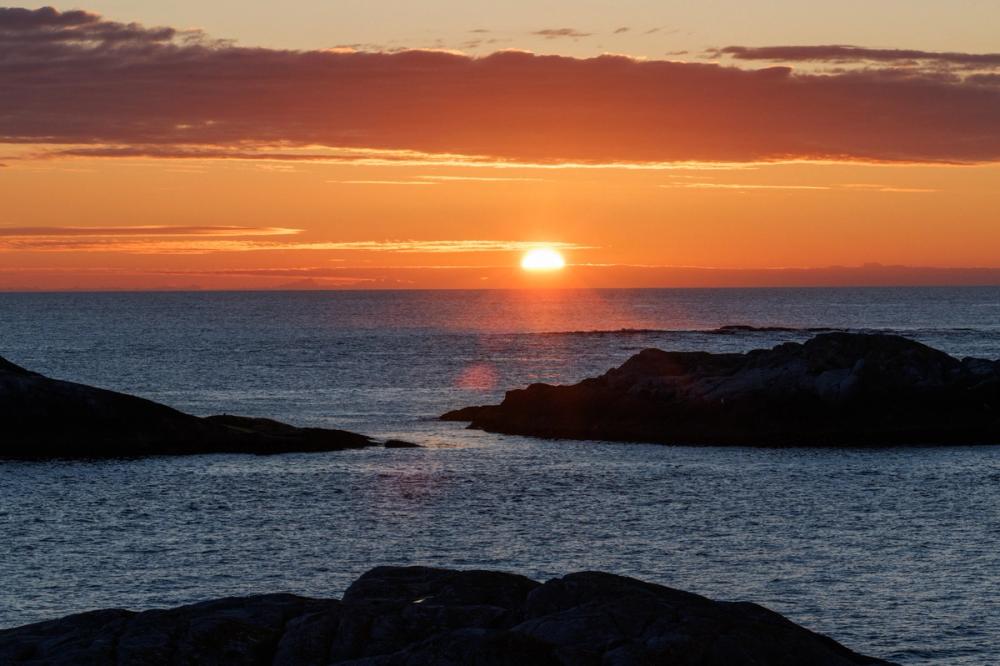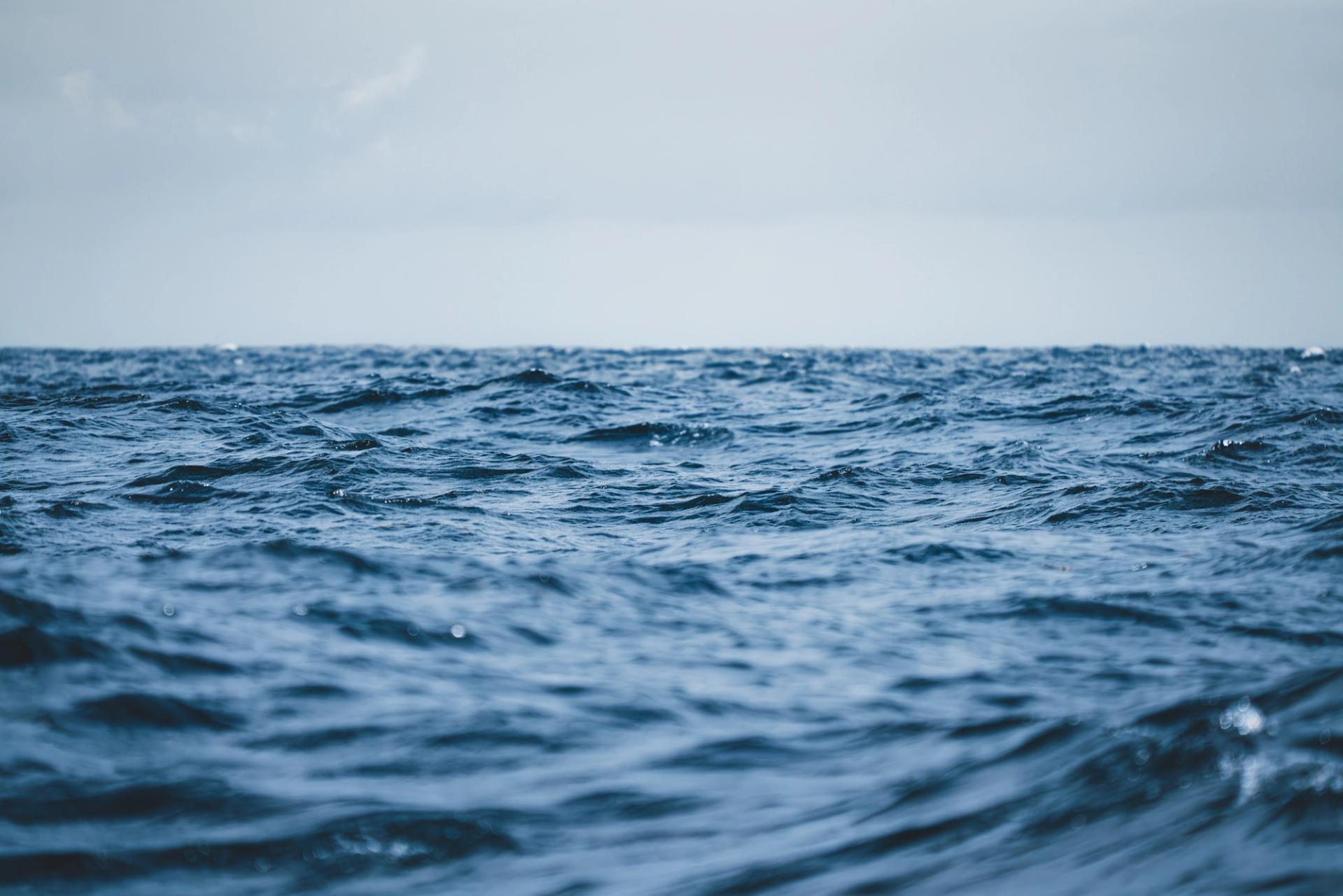
High hopes in the High Seas Treaty
The high seas, north Atlantic ocean ©Lou Luddington
8 May 2025
The largest chunk of real-estate on our planet, an area into which one could fit almost 1,000 United Kingdoms, belongs to us all: the high seas. In a deal brokered in the 1980s, every country that touches the sea extended its national borders out 200 nautical miles to include an orange peel of ocean territory that wraps around its land surface area. All waters beyond that 200 mile limit are high seas waters. This then means that about two-thirds of the ocean that sits beyond this border in the high seas belongs to all of humanity. Unfortunately, humans are not always that good at sharing. And consequently, things haven’t worked out well for the high seas—at least not yet.
A global effort for the ocean
Some of our most lucrative and nutritionally important high seas fish stocks are in decline. Approximately 97% of the industrial fishing that happens on the high seas is controlled by wealthy countries. And 86% of this fishing can be attributed to just five entities: China, Taiwan, Japan, South Korea, and Spain. (Not a great record of sharing.)
The top 20 most active fishing flag states on the high seas in 2016. From study: Wealthy countries dominate industrial fishing (McCauley et al, 2018).
Important high seas species—from great whales to ocean snails—have been driven to the brink of extinction. Huge blocks of the high seas have been decimated by bottom-trawlers. Plastic pollution accumulates in massive high seas gyres and has been observed by submarines to dot the seafloor of the Marianna Trench, the deepest spot in the ocean. But there is hope. Last year, countries of the world agreed upon a new United Nations Treaty to better protect and manage biodiversity on the high seas.
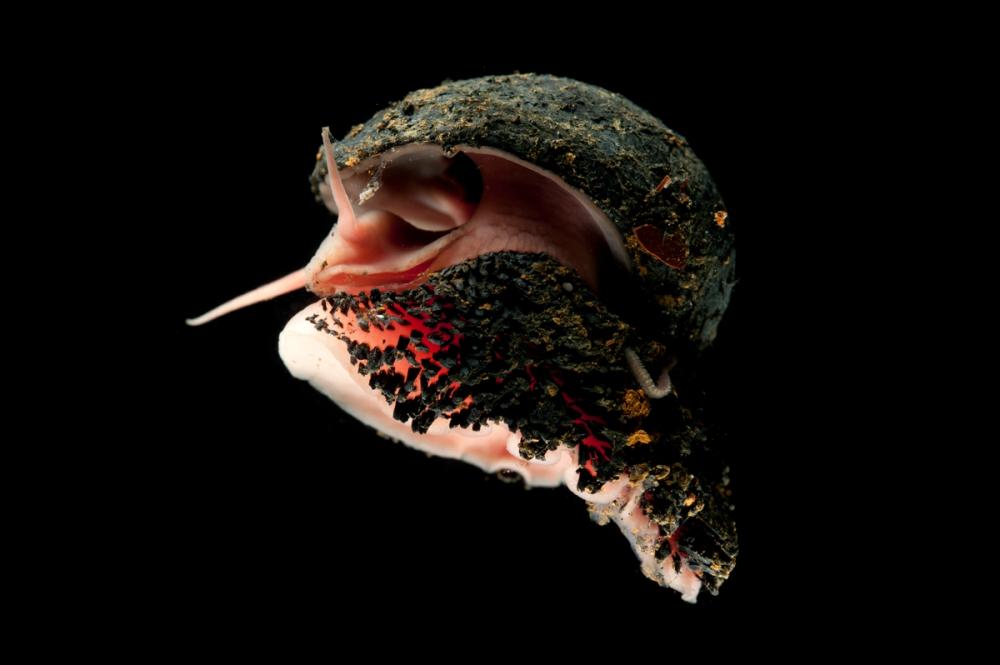
The scaly-foot snail (Crysomallon squamiferum) is unique to hydrothermal vents on deep-ocean ridges in the Indian Ocean. It is the first animal to be officially endangered by deep-sea mining. © David Shale/naturepl.com
There are many facets to the High Seas Treaty (a simplification of its rather unwieldy formal name: “Agreement under the United Nations Convention on the Law of the Sea on the conservation and sustainable use of marine biological diversity of areas beyond national jurisdiction”). One provision that has members of the ocean community especially excited is that it creates the ability to set up a first generation of international parks in the high seas. Most of us are familiar with the service that our famous national parks on land provide for biodiversity. Now the opportunity is before us to find and protect the Serengetis and Yellowstones that lie beneath the waves out on the high seas.
The 10 biodiversity high seas hotspots identified by UC Santa Barbara. These areas have high conservation value and could become the first generation of high seas marine protected areas. ©2020 Microsoft Corporation / Earthstar Geographics SIO
We are spoilt for choice. Scientists searching for hotspots of biodiversity in the high seas have uncovered some real gems. For example, lava oozing from the bottom of the Pacific Ocean birthed the well-known and well-loved Hawaiian Islands. But this same primordial hotspot of volcanic activity some 80 million years ago formed Hawaiʻi’s ancestor islands—the Emperor Seamounts. Like the islands of Hawaii today they too were born beneath the sea, rose above the ocean to live out an ancient lifespan as islands, and then eventually sunk back into the depths. Today, the peaks of these undersea mountains are adorned with crowns of golden corals older than some of the pyramids and flanked with jewel-like endemic fish species found nowhere else on the planet. The Emperor Seamounts are just one of many potentially exciting candidate ecosystems that could be included in a first cohort of high seas marine protected areas.
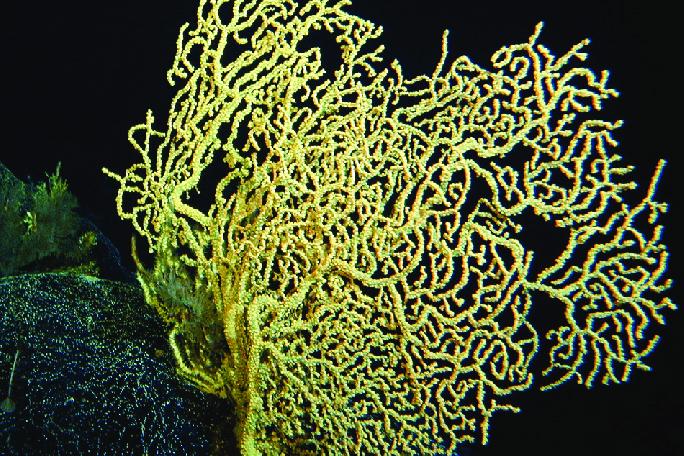
Found growing on the Emperor sea mounts near Hawaii the Hawaiian gold coral (Kulamanamana haumeaae) is exceptionally slow growing and long-lived. Studies using radiocarbon dating found colonies to be more than 2000 years old. © HURL
What is next, now that the treaty has been drawn up?
Importantly a minimum of 60 countries have to formally ratify the treaty in order for it to come into force. As of today, we are still almost 40 countries short of this goal. There is hope this goal will be furthered during the United Nations Ocean Conference to be held in Nice, France in June 2025.
These are exciting times for the high seas ...
Meanwhile, countries and coalitions confident that the treaty will be ratified sooner or later, are already preparing proposals for this first wave of high seas protected areas that will eventually be reviewed by the UN. This is exciting—but it is imperative we get this right—as the international ocean parks selected in coming years could stand for hundreds or thousands of years.
Setting up these protected areas of the high seas will be a big boost towards meeting our planetary commitment of protecting 30% of the ocean by 2030. Currently we are falling far short of that goal with only about 8% of the ocean covered by protected areas.
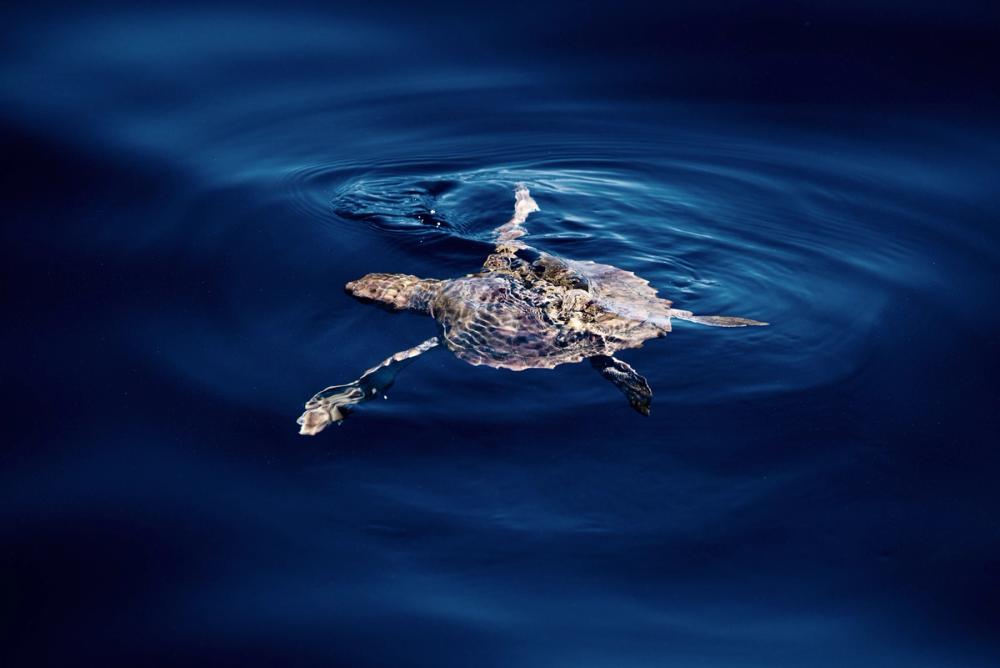
Biodiversity in the high seas: Adult loggerhead turtle (Caretta caretta) offshore in the Canary islands. Satellite tagged juvenile loggerhead turtles have been shown to ride the North Atlantic Gyre from the US Atlantic coast to the Canary Islands. Many hop off en route to spend time in the Sargasso Sea, one of the high seas biodiversity hotpots. ©Lou Luddington
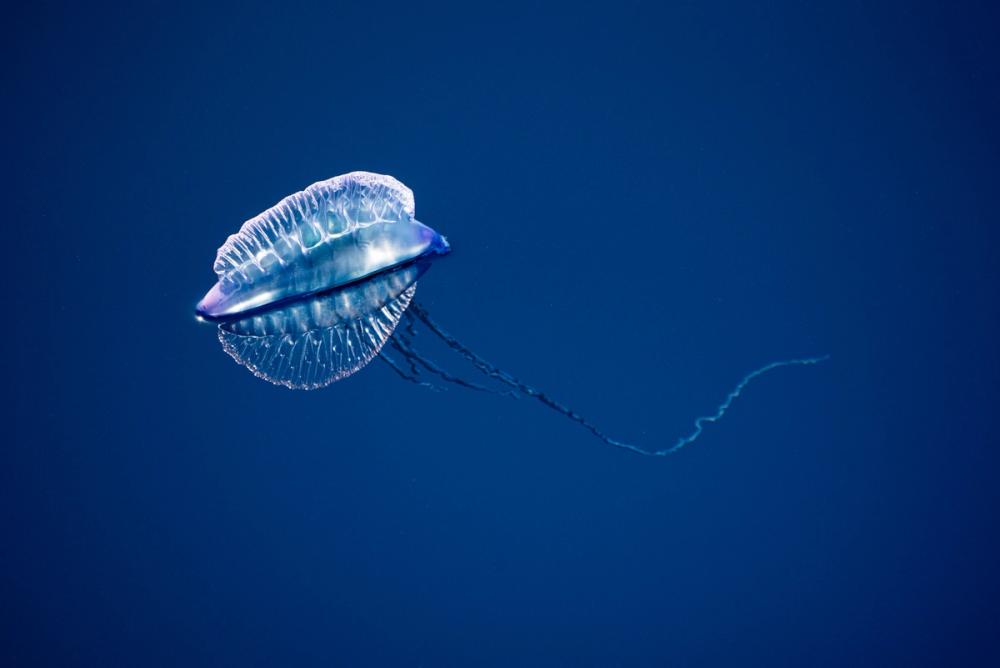
Portuguese man of war (Physalia physalis) sailing the high seas. Similar to trimming the sails on a boat, they adjust the buoyancy of their float according to the wind direction. This allows them to cruise around the ocean trailing highly venomous stinging tentacles to capture prey. ©Lou Luddington
But, marine protected areas cannot be our only hope for high seas biodiversity. Almost certainly, the majority of the high seas will not be included in such parks. And that requires that we complement the establishment of protected areas on the high seas with science-based fishery management to help harvest activities that happen in the vast regions between these parks remain maximally sustainable and profitable.
We also will need to make some hard decisions about new industries popping up in the high seas. For example, there are proposals to begin industrial mining in the high seas. Nearly a thousand ocean scientists and policy-makers have called for a moratorium on this new activity suggesting that pollution from such mines poses far too great a risk to fragile high sea ecosystems and could poison and reduce the productivity of fisheries. Several teams are racing to the high seas to test a hypothesis that the unique rocks targeted by deep-sea mining operations could even be producing a vast source of never before detected oxygen—so called “dark oxygen”. The possibility that something as foundational as a source of oxygen production on our planet has remained undiscovered till now speaks volumes to how much we have yet to learn about the high seas, and the need to proceed with caution.
These are exciting times for the high seas and these conversations around international high seas marine parks arguably represent one of the most important things we’ve ever done for our ocean planet. This is inspiring but also carries with it responsibility. Our shared goal should remain that our actions now on the high seas, in this historic moment, legitimately inspire future generations to remember us as wise ocean ancestors.
Share this story
- Ocean of hope
- Threats
- Ecosystems and habitats

